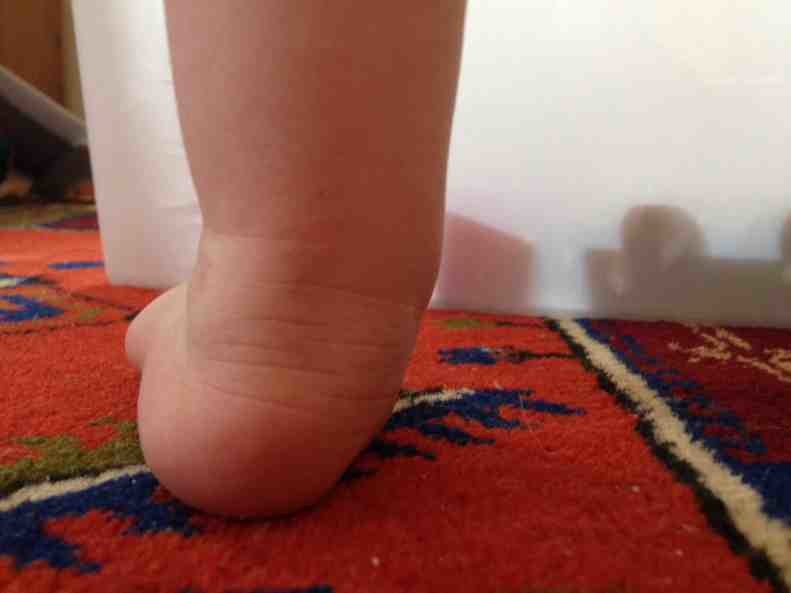hypermobility in babies ankles
Athletes benefit from hypermobility to a point. It might affect the fingers and hands.

How Hypermobility And Low Muscle Tone Affect Your Infant S Development Low Muscle Tone Pediatric Physical Therapy Baby Development
My 9 month old son has rolled over both ways could roll for England.

. Most people with hypermobility will not find a genetic cause but early identification means that steps can be taken to minimise injury. The term benign hypermobility joint syndrome BHJS is a common source of joint or muscle complaints that often cause concern for parents children and school personnel. Physical and mechanical therapies for lower limb symptoms in children with Hypermobility Spectrum Disorder and Hypermobile Ehlers-Danlos.
Of these 100 children 94 met the Brighton criteria for Joint Hypermobility Syndrome and 90 met the Villefranche criteria for Ehlers-Danlos Syndrome-Hypermobility Type Of the entire cohort 50. For most children hypermobility affects just the joints. Joint hypermobility without pain occurs when children have stretchy or flexible joints but without exercise-related pain.
Hi I was diagnosed as hypermobile during my pregnancy. Bend a thumb backwards to touch your forearm. Sensible footwear choices are extremely important and simple changes here can make a significant difference to many people with hypermobility.
Bend a little finger back more than 90 degrees. Would sit in the w position and sleep with her legs in the same position shes now 7 and has problems running her feet ankles and hips. In infants with joint hypermobility the connective tissue that holds the.
This can be very common in children 10-15 and usually decreases with age. Possible delayed gross motor skills. Joint hypermobility happens most often in children and reduces with age.
As children with hypermobile joints require added support around the heel and ankle the shoes should have a closed solid and ideally high heel cap. It is now slightly. Never been a problem before.
It is not unusual to have a. Joint mobility is highest at birth there is a decrease in children around nine to twelve years old. Flat feet and ankles that roll inward or pronate.
When you have joint hypermobility it means your joints are more flexible than in other people. Frequent tripping or falling. Dancers tend to show hypermobility at several joints according to 2016 review in Sports Medicine.
While standing put hands flat on floor while knees stay straight. Foot Ankle Pronation in Hypermobility. The term generalised joint hypermobility GJH is used when a child has several joints that are more flexible than usual.
It is sometimes referred to as being double jointed and is quite common about 1 in 10 people are. Joint and muscle pain. Hypermobility can be associated with recurrent pains at the end of the day or at night in the knees feet andor ankles.
However some children have a condition called Joint Hypermobility Syndrome or JHS. Any person of any age can be. Rarely mild joint swelling may come.
Abnormal walking patterns also known as gait. Some common symptoms experienced by children who have joint hypermobility include. Joint hypermobility and musculoskeletal injury.
The ability of a joint to move beyond its normal range of motion is joint hypermobility. Hypermobility in babies and toddlers. The infant may have flat feet mainly if the hip muscles are tight and the ankle muscles are weak.
Who Is Affected With Hypermobility. This happens when the connective tissue which makes up the joint. In infants with joint hypermobility the connective tissue that holds the muscles together and connects the muscles to the bones via the tendons is very pliable.
In infants with joint hypermobility the connective tissue that holds the muscles together and connects the muscles to the bones via the tendons is very pliable. As children with hypermobile joints require added support around the heel and ankle the shoes should have a closed solid and ideally high heel cap. In addition to hypermobile joints a child with JHS.
Unstable ankles and overly flexible. This is an advantage to some children and tends to be. One way to check if the.
A short video clip from Podiatrist Andrew Bull a member of our health professional network on foot ankle pronation and hypermobility. If the sensitivity to stretch is very low the muscles are slow to respond and they appear to be weak and floppy. Increased vulnerability to injuries sprains and strains.
Physiotherapy For Children Provided By Kidsphysio In Milton Keynes Bedford Flitwick Ampthill Hypermobility

How Hypermobility And Low Muscle Tone Affect Your Baby S Development Skills For Action

How To Recognise Joint Hypermobility In Your Child My Strong Little Body

Hypermobility Syndrome Therapies For Kids
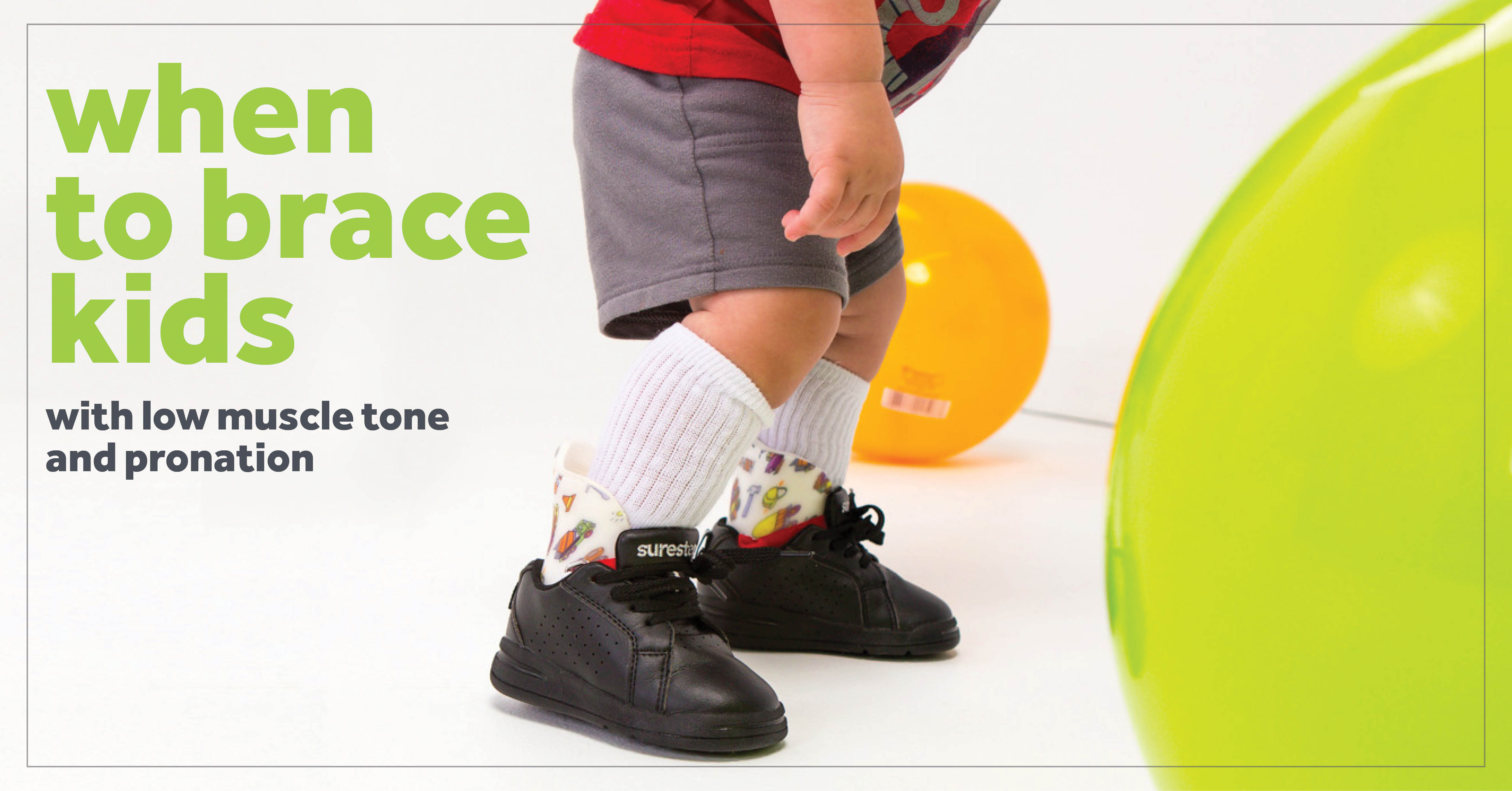
When To Brace Kids With Low Muscle Tone And Pronation Surestep
Living With A Hypermobile Toddler
Living With A Hypermobile Toddler

Hypermobility In Children Restore Health And Wellness

The Best Shoes For Kids With Hypermobility Extra Arch And Ankle Support Fitting Children S Shoes

Hypotonia Why Milestones Are Harder For My Third Baby Cando Kiddo Hypotonia Hypotonia Baby Pediatric Physical Therapy
Living With A Hypermobile Toddler

What Is Hypermobility In Babies Children Young Adults Therapy Stars

What Is Hypermobility In Babies Children Young Adults Therapy Stars
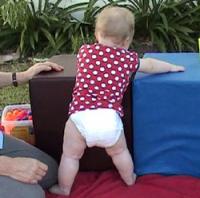
How Hypermobility And Low Muscle Tone Affect Your Baby S Development Skills For Action

Treatment For Flat Feet Therapies For Kids
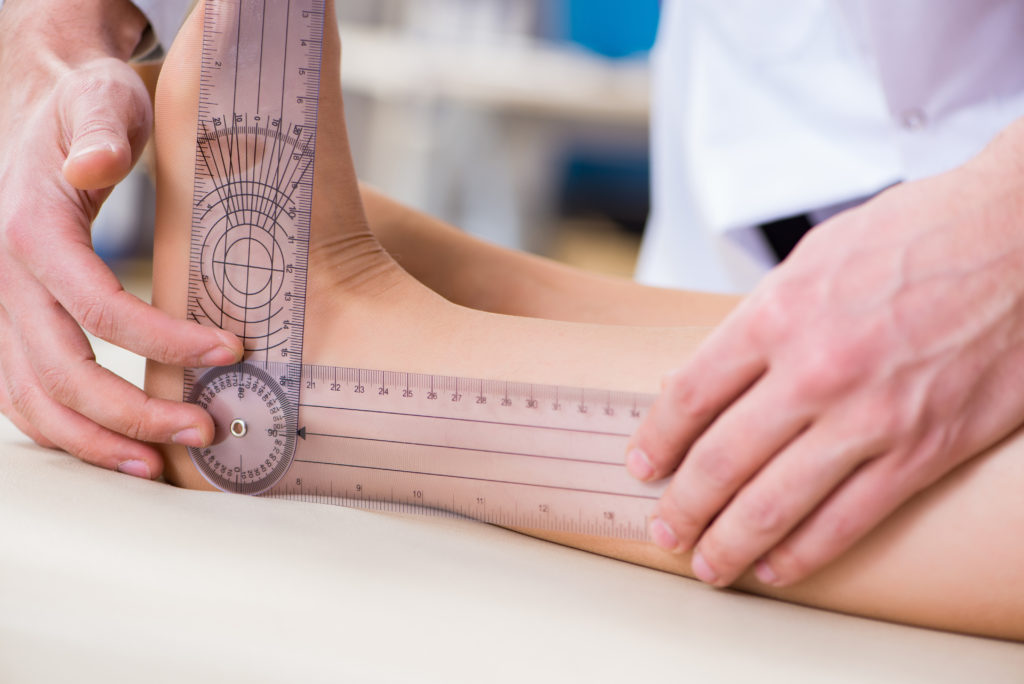
Joint Hypermobility Kids Adults My Footdr
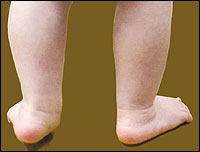
Orthotic Management Of Low Tone Children The Earlier The Better The O P Edge Magazine

How Hypermobility And Low Muscle Tone Affect Your Baby S Development Skills For Action
